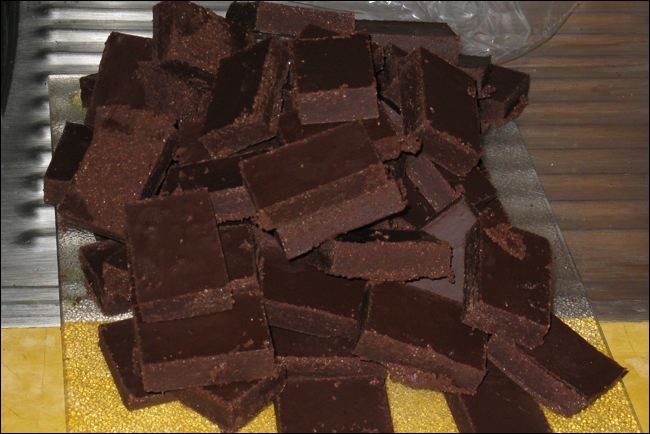
Choco-Travel Tips
Choco-dar first erupted on our multi-country circuit of Europe in a VW van. That adult onset, self-diagnosed radar for chocolate experiences led us serendipitously to many wonderful chocolate discoveries and surprises. In the process I learned some chocolate travel tips. Chocolate travel generated the book and the website that I came to call On the Chocolate Trail. It all started with travel.
So here are a few delicious tips for fun chocolate exploration, I encourage you to exercise your own choco-dar as you forge your own chocolate trail.
Tip #1: Plan
Plan your adventures before departure. Check On the Chocolate Trail for a list of worldwide chocolate festivals, museums and tours. Do an online search for chocolate in the towns, countries, and regions where you will be traveling. If possible head to chocolate centers. We aimed for chocolate hubs such as Belgium, France, Mexico, Spain, and Switzerland.

Tip #2: Stock Up
Items for storing your chocolate purchases and samples may be packed ahead or picked up at your destination. Carry an insulated bag or two, especially in hot climates. Keep a supply of small plastic bags to protect each find separately and a marking pen to identify. Alternatively, take a photo to provide a visual record, with date/time/location stamp.
Tip #3: Practice Choco-dar
While on the road, stay alert to chocolate events, treats, information, and more as you wander and enjoy. It was choco-dar that led us to a local chocolate festival in Turin, Italy. Choco-dar raised my head from my reading just in time to notice the international headquarters of Valhrona Chocolate as we drove through the small town of Tain L’Hermitage, France. While crossing the Alps into Italy, my choco-dar found the factory store for Venchi Chocolate.
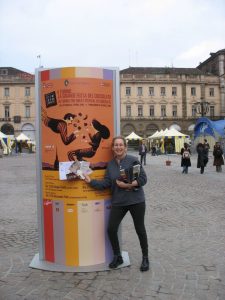
Tip #4: Inquire
Search out local specialties as you explore. Also, it is worth asking the chocolate shop staff for their favorites and whether samples are available. I learned about the mendiants and chocolate fish of France this way.
Tip #5: Buy Local
Check out local groceries in addition to specialty chocolate stores. Some chocolates will be less expensive in local markets.
Tip #6: Record
Keep a journal of what you have tasted, where, your experiences, and what you thought of it.
Tip #7: Collect
Collect pretty wrappers as souvenirs of your trip.
Most of all, enjoy!
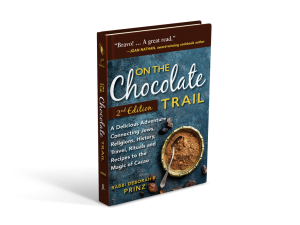
One thought on “Choco-Travel Tips”
Leave a Comment
Recent Posts
-
On the Chocolate Trail in Bariloche, Argentina
In March, Mark and I finally extended our chocolate trail explorations in celebration of our special anniversary to Bariloche…via Miami, Buenos Aires, Ushuaia, Antarctica, and Buenos Aires again. There were international flights, a cruise, a couple of domestic flights to get there. All of the travel was amazing, but Bariloche, sometimes called the chocolate capital
Read more › -
Sunday Yeast Polemics: On the Bread Trail
Leavened bread or not? While some of us may think of Passover, the question applied to Eucharistic bread and created significant division in the early Christian Church. The leavened bread for Sunday use was often baked at home by women. Over time, preferences shifted to clergy, church-produced, breads… and, the Eastern Orthodox Church preferred a
Read more › -
Sweet Treat: Chocolate and the Making of American Jews
You may wonder: how did chocolate help define American Jews? Through chocolate, we see that Jews were part of America since its earliest days. Well, since 1701 at least, Jews in the Colonies made part of their living through chocolate. Several Sephardim, leaders of their New York and Newport Jewish and secular communities, participated in
Read more › -
How About Some Uterus Challah?
When Logan Zinman Gerber felt enraged about the loss of reproductive rights in the U.S., she baked challah. Not any challah. She shaped it into a uterus. It wasn’t long after the birth of her daughter that Gerber, a longtime challah baker and staff member of the Religious Action Center of the Reform movement, considered
Read more ›
Some Previous Posts
(in alphabetical order)
- "Boston Chocolate Party" Q&As with Deborah Kalb
- 2022 Media for The "Boston Chocolate Party"
- A Manhattan synagogue explores the rich, surprising history of Jews and chocolate
- About Rabbi Deborah Prinz
- Baking Prayers into High Holiday Breads
- Boston Chocolate Party
- Digging into Biblical Breads
- Exhibit Opens! Sweet Treat! Chocolate & the Making of American Jews
- For the Easiest Hanukah Doughnuts Ever
- Forthcoming! On the Bread Trail
- Funny Faced Purim Pastries
- Good Riddance Chameitz or, The Polemics of Passover's Leaven
- How About Some Uterus Challah?
- Injera*
- Jewish Heritage Month: Baseball & Chocolate!
- Matzah - But, the Dough Did Rise!
- Plan a Choco-Hanukkah Party: 250th Anniversary Tea Party
- Prayers Into Breads
- To Shape Dough: A Trio of Techniques
Archives
2025
▾- All
2024
▾- January
- February
- March
- May
- July
- All
2023
▾- March
- April
- May
- June
- August
- November
- December
- All
2022
▾- February
- April
- November
- December
- All
2021
▾- March
- April
- October
- November
- All
2020
▾- April
- May
- June
- October
- December
- All
2019
▾- January
- February
- April
- May
- July
- August
- September
- October
- December
- All
2018
▾- February
- March
- April
- May
- July
- September
- October
- November
- December
- All
2017
▾- January
- February
- March
- July
- September
- October
- November
- December
- All
2016
▾- January
- February
- March
- May
- July
- August
- October
- November
- All
2015
▾- January
- February
- March
- May
- June
- July
- September
- November
- All
2014
▾- February
- April
- May
- June
- August
- September
- November
- All
2013
▾- March
- April
- May
- June
- July
- September
- November
- All
2012
▾- January
- February
- March
- April
- September
- October
- November
- December
- All
2011
▾- April
- July
- August
- October
- November
- All
2010
▾- January
- February
- April
- July
- August
- September
- October
- All
2009
▾- January
- June
- July
- August
- October
- All
2008
▾- August
- September
- October
- November
- All
2007
▾- January
- June
- July
- All
2006
▾- November
- December
- All
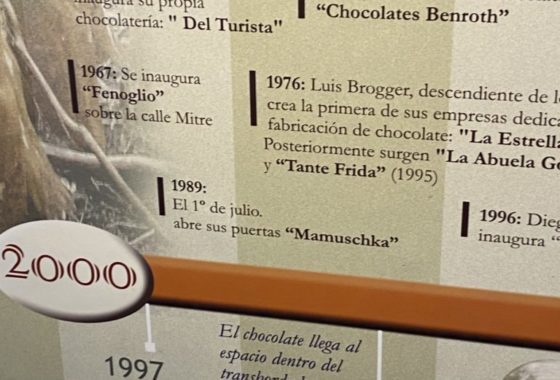
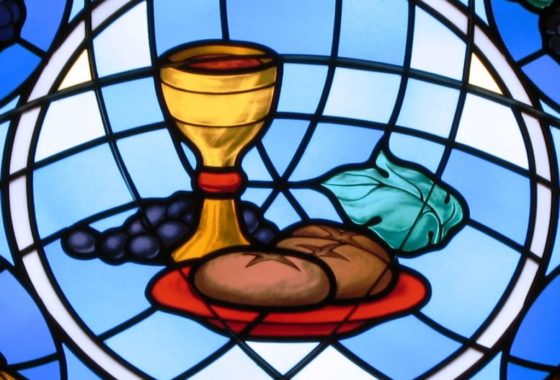
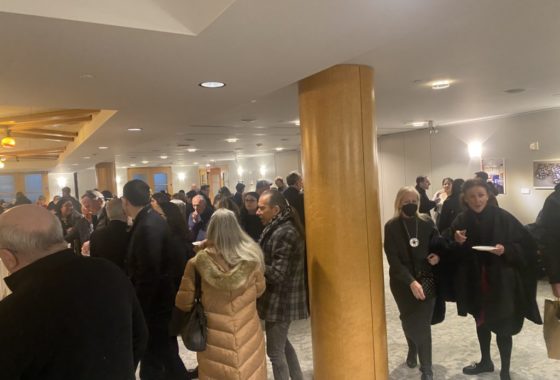

Rabbi Prinz,
I wrote this tongue in cheek humor column about Jews and chocolate back in 2012 for “J,” the Northern California Jewish newspaper. Hope you enjoy it. My name is Trudi York Gardner. I am a Chocolaholic.
Tygerpen: Hum (or eat) a few bars
BY TRUDI YORK GARDNER | MARCH 23, 2012
Recently I discussed the significance of chocolate, particularly dark chocolate, in Jewish text and practice. Even as I write this, the Jewish Theological Seminary, Hebrew Union College, Yeshiva University, the Central Conference of American Rabbis, the Reconstructionist Rabbinical Association and the Organization of Miscellaneous At-Large Rabbis of Various Eclectic Jewish Groups all are expected to formally recognize chocolate as an instrumental component of Jewish tradition, for without chocolate there would be no celebrated Jewish instrumentalists.*
For generations, Jewish children became musical prodigies strictly because they were rewarded with pieces of chocolate for practicing their instruments. This is known in Hebrew as shih’er or schochad (somewhat inaccurately translated into English as “to grease someone’s palm with chocolate” or “bribe”).
My father became a professional musician because my grandmother persuaded him to practice piano rather than shoot pool by giving him chocolate candy. Years later, Dad played for Bing Crosby, Bob Hope, Benny Goodman, Sammy Davis Jr., President Franklin Roosevelt and the “Today” show.
Remarkably, Dad played piano for most of the restricted clubs in our Portland hometown, such as Waverley Country Club, Broadmoor and the University Club. I like to think Dad actually integrated those clubs and broke down the Jewish-exclusion barrier. However, almost no one knew his religious background, and it would have been hard for them to accept him as the first Jewish member since he dressed up for the clubs’ holiday celebrations, such as Easter when he played the piano wearing bunny ears.
At home we had a stunning ebony Steinway baby grand piano, and when my sister was 8 and I was 6, Mom drove us every Saturday to a piano teacher who taught many Jewish kids. Mrs. Tressler was probably in her 70s but appeared to us to be in her 100s. She lived in her large, two-story white house in the same neighborhood where author Beverly Cleary set her Ramona books.
My sister, whose piano lesson preceded mine, easily absorbed music theory and practice. I’d hear her effortless playing as I awaited my turn in the darkened parlor of dusty smells, antiques and dog-eared copies of National Geographic. When it was my turn, Mrs. Tressler would rap her black metal wand on the keys, roaring in frustration at this dimwitted child who ignored the sheet music and played the piano pedal as if it were a car’s accelerator.
When I first started piano lessons, Mom mandated that I practice the piano 15 minutes a day. That grew to a half-hour, then an hour, and later an hour and a half, with two hours under consideration. Not once during these years was chocolate offered at the end of my lessons or practice. (In literature, the previous sentence is known as ”foreshadowing.”)
Desperate times call for desperate measures. Mom would get home by 6 p.m. With that deadline, I’d pile up the piano sheet music to make it appear as if I’d run through all my pieces. I’d mess around at the piano or read a book, drink innumerable glasses of water, keep checking the clock and look out the window until I heard her walk through the door. Quickly I’d slide onto the piano bench and play the last bars of a piece with its heart-stopping runs, trills and flourishes. That never failed to win her acclaim. For decades later, I could spectacularly perform the last several bars of, for example, Chopin’s “Military Polonaise.”
When Mrs. Tressler passed away, Mom enrolled my sister with a jazz pianist and took me to audition for a prestigious classical piano teacher. The teacher listened to me dazzlingly play only the last several bars of Chopin’s “Military Polonaise” and escorted me out the door.
I never took lessons again. Clearly, in Jewish tradition the blame falls on my mother for failing to give me chocolate, notably M&M’s, whenever I practiced.
By contrast, my son Andy agreeably went years later to piano lessons and practiced without urging because I offered him M&M’s up-front. However, when my older son Jordan demanded M&M’s for practicing drums, I refused. I’m absolutely certain there’s a rabbinic “chocolate exclusion” for children who play drums.
* “In the beginning, God created … chocolate, and God saw the light, that it was good. Then God divided the light from the dark, and it was even better.” – From Genesis … somewhere